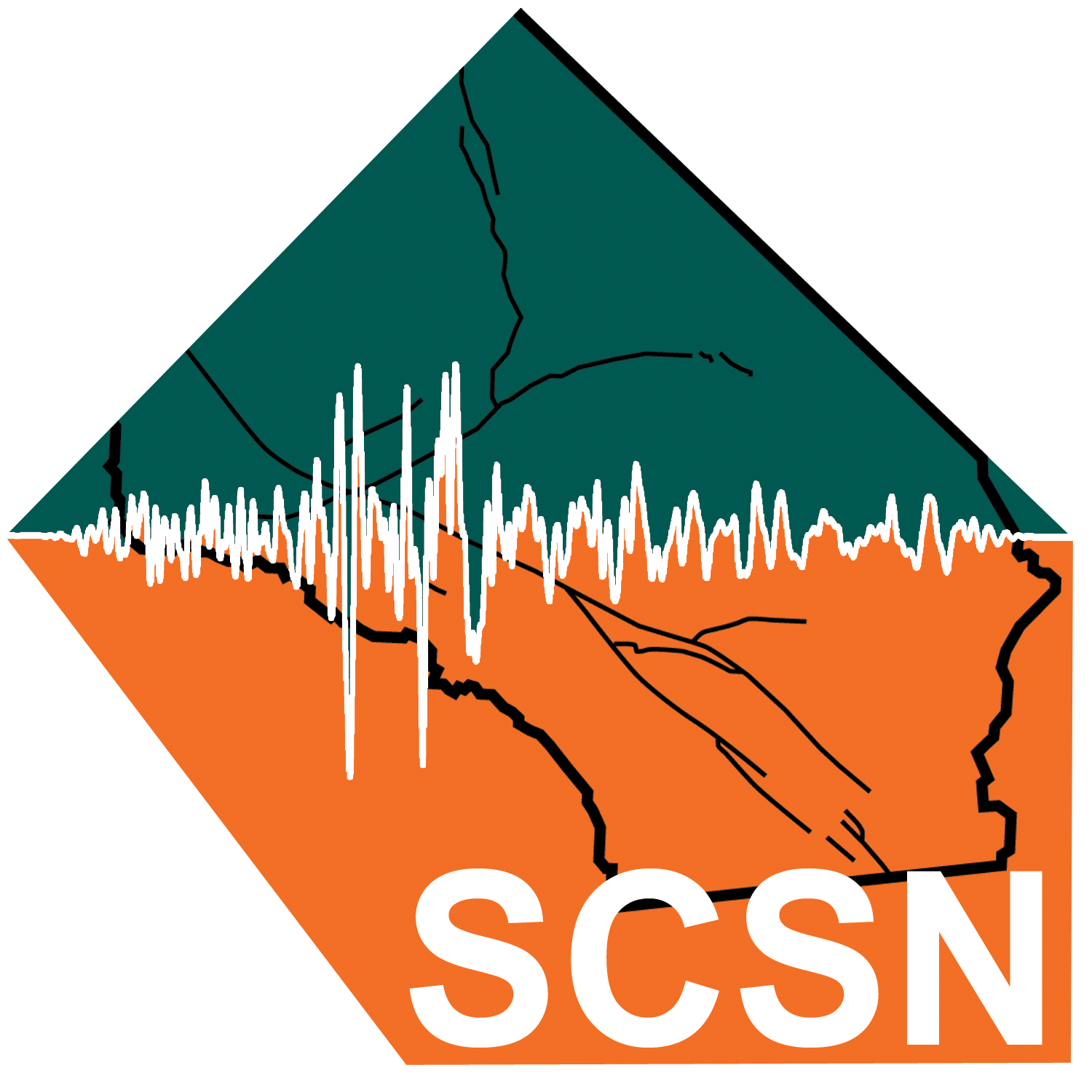Earthquake Information
Chronological Earthquake Index
Torrance-Gardena Earthquakes
In late 1941, a pair of relatively small earthquakes struck the southern Los Angeles basin, causing damage to nearby communities and oil fields. They demonstrate how small earthquakes located near urban areas can do as much damage as major earthquakes in unpopulated areas.
The First Earthquake
TIME: October 21, 1941 / 10:57 pm, PST
LOCATION: 33° 49' N, 118° 13' W east of Carson, near the present-day interchange of the 405 and 710 freeways
TYPE OF FAULTING: ML4.8
This quake caused shaking up to intensity level VII on the Modified Mercalli scale in Wilmington, Torrance, Gardena, Lynwood, Hynes, and Signal Hill. Plaster and walls were cracked, and chimneys were damaged in these areas. Some damage to oil wells near Torrance was also reported. The total damage amounted to roughly $100,000. No injuries were reported.
The Second Earthquake
TIME: November 14, 1941 / 12:42 am, PST
LOCATION: 33° 47' N, 118° 15' W near Wilmington
MAGNITUDE: ML4.8
On November 14, residents of the same area were awakened as a second, and reportedly stronger -- intensity level VIII on the Modified Mercalli scale -- shock hit the area. It was felt throughout the Los Angeles area and as far away as Cabazon, Carpinteria, and San Diego. Locally, gas and water mains burst. A 55,000-gallon oil tank ruptured, flooding the streets with oil. The production of numerous oil wells was lowered or stopped completely. Well casings and other equipment were damaged. Store fronts in the business districts of Torrance and Gardena collapsed, crushing parked cars. In all, damage to oil fields was estimated at $500,000 and damage to other business and residental areas totalled another $500,000. As with the October 21 quake, no injuries or deaths were reported, but considering the damage in the business district, this could be attributed to the timing of the earthquake -- 42 minutes past midnight.
This quake was originally assigned a magnitude of 5.4, but review of the old records led to a considerable revision of this estimate, and the November 14 quake is now considered to be a magnitude 4.8, like that of October 21. This seems odd, considering the difference both in damage and in the size of the area over which each quake was felt. Probably the damage from this quake was greater since the first quake had weakened building materials in such a way that they could not withstand another jolt of a similar size. It is also possible that the November 14 quake was located at a lesser depth than the October 21 quake, making it feel stronger, at least in the vicinity of the epicenter.






